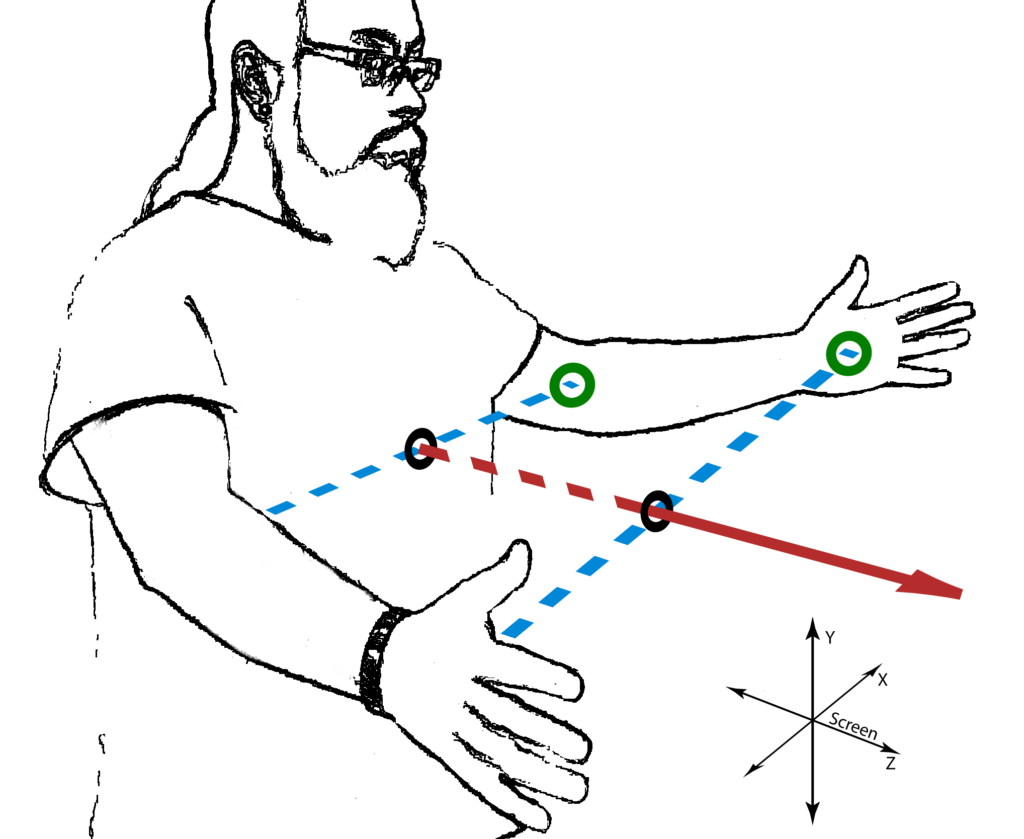
Commodity tracking systems, like the Sony Move and Microsoft Kinect, are gaining popularity due to their low cost and ease of setup. However, the type, quality, and accuracy of the tracking data that these systems provide are different than the high-end tracking systems typically used in 3D UI research. It is unknown how these differences will affect the design and usability of interaction techniques for complex tasks such as 6-DOF object manipulation. For this project we migrated three well-known manipulation techniques—ray casting, HOMER and World-In-Miniature—to the Kinect and Move in order to determine how the differences from the original tracking hardware affect the usability and user experience of these manipulation techniques. We outline the design challenges of adapting the techniques for each system, and provide empirical results from a study of manipulation tasks to determine impact on usability and user experience. Our results show that the Move, with tracker output and form factor similar to the IS900, can often, but not always, support a direct migration of existing techniques, while the Kinect, with its drastically different style of tracking, requires new techniques to provide the same speed and precise manipulation capabilities.
